Last weekend, Pakistan’s prime minister Raja Pervez Ashraf heralded the completion of the first full government in Pakistan’s history since partition from India and independence in 1947.![]()
Today, Pakistan’s president Asif Ali Zardari (pictured above) announced that new elections for Pakistan’s National Assembly (ایوان زیریں پاکستان), the lower house of the Majlis-e-Shoora ( مجلس شوریٰ), Pakistan’s parliament, will be held on May 11.
Before jumping into an analysis of Pakistan’s upcoming election, let’s first debunk a few myths.
While the Pakistan People’s Party (PPP, پاکستان پیپلز پارٹی) deserves some credit in crawling to the five-year finish line and therefore, the end of its term, it’s far from clear that Pakistan has approached anything like a mature democracy, despite Ashraf’s claims that democracy is here to stay for Pakistan. There are reasons to believe that the winner of the May 11 elections might not be as lucky as the previous government, so self-congratulation is quite premature.
Moreover, most decision-making power for truly life-and-death issues lies in the hands of either Pakistan’s military or the Directorate for Inter-Services Intelligence (ISI), and even then, their power doesn’t extend entirely throughout the entire country — it’s especially weak in the Federally Administered Tribal Areas (FATA) along Pakistan’s northwestern border with Afghanistan.
But it still means that the chief of army staff since 2007 (and director general of the ISI from 2004 to 2007), Ashfaq Kayani (pictured below), is more powerful than Ashraf or even Zardari, even as he’s tried to institute military reforms to reduce the military’s direct role in politics and has pledged to keep the military from interfering in the May elections. His current term as chief of army staff expires in November 2013.
The PPP came to power after elections in February 2008, following the end of a nine-year military rule by Pakistani general Pervez Musharraf. Those elections followed the return and subsequent assassination of Benazir Bhutto, the former prime minister who had returned to Pakistan in late 2007 following Musharraf’s National Reconciliation Ordinance (which attempted to provide a blanket immunity against former political leaders with respect to corruption) in order to run in the upcoming elections.
Ashraf (pictured below) has been prime minister for less than a year, taking over after a showdown among Pakistan’s Supreme Court, on the one hand, and Zardari and former prime minister Yousuf Raza Gillani, on the other hand, over corruption charges. Zardari, Pakistan’s president and the Bhutto’s widower, became Pakistan’s president in September 2008, and remains the key power broker within the PPP, though his official power is waning after 2010 constitutional reforms transferred much of the power of the presidency to the prime minister. Zardari’s term will end in September 2013.
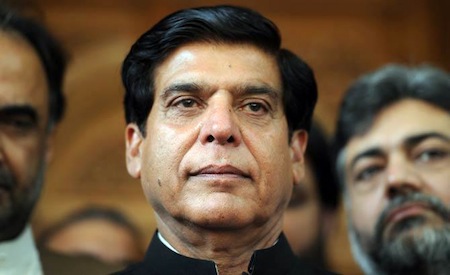
In his address to Pakistanis on Saturday night, Ashraf admitted that the government has not been able to ‘provide rivers of milk honey,’ but it’s nonetheless attempted to tackle the myriad problems of the predominantly Muslim country of 180 million people, the world’s sixth-most populous.
Those problems include some of the world’s worst corruption (which is very much a bipartisan endeavor in Pakistan), and they include continuous military tension with India, which most recently flared up last month.
Pakistan’s economy has slowed from the Musharraf years, in part due to the abandonment of privatization in favor of a more corporatist state capitalism model championed by Gillani’s government. More now than ever, relatively weak economic growth plagues Pakistan, even in light of rapid inflation. Furthermore, the PPP government hasn’t made incredible progress on any of the country’s longstanding development issues, including uneven access to water and electricity, widespread poverty, widespread unemployment, illiteracy and poor health care.
That’s all before you come to the issue of global terrorism and Pakistan’s role in harboring some of the world’s most determined Islamic radicals — it was a compound in Abbottabad, remember, where U.S. forces ambushed al-Qaeda leader Osama bin Laden in May 2011.
So, no, there’s not much ‘milk and honey’ these days in Pakistan — it ranked as the 13th most failed state in the Fund for Peace’s failed state index in 2012.
Despite a shaky foundation for respecting democratically elected governments, Pakistan features relatively robust political activity that breaks down on a heavily regional basis, and the PPP is far from assured of winning a second consecutive term in office.
The mostly likely replacement is Nawaz Sharif, the leader of Pakistan Muslim League (N) (PML-N, اکستان مسلم لیگ ن), who previously served as prime minister from 1990 to 1993 and from 1996 to 1999. Once a widely popular leader for bringing Pakistan into the small (but growing) club of nuclear-armed nations, U.S.-led sanctions led to a rapid economic deterioration. Musharraf, who was appointed as Pakistan’s army chief by Sharif, promptly forced a military coup and imprisoned Sharif, who later went into exile and, like Bhutto, returned only in late 2007.
Whereas the PPP is urban and relatively liberal with its base in Sindh province, the PML-N is conservative and rural with its base in the heavily-populated Punjab province.
If Sharif (pictured above) wins, it would mark the first peaceful transfer of power from one party to another in Pakistani history.
As Arif Rafiq writes in The Diplomat, the PML-N has assembled a surprisingly strong government-in-waiting to tackle many of Pakistan’s domestic problems:
To its credit, the core of the PML-N consists of electable, technocrat-like politicians skilled at developing and implementing policy. While the PML-N, like the PPP, has its fair share of involvement in corruption, the party seems to recognize the immediate challenges of expanding the state’s income tax base, restructuring and privatizing state-owned enterprises, and creating a more sensible regulatory environment.
It’s not certain that the PML-N would be as vigorous in defeating radical terrorism within Pakistan, especially if it’s forced to govern in coalition with ever more conservative parties in Pakistan’s National Assembly.
It’s not clear exactly who will lead the campaign for the PPP this time around. Zardari remains relatively unpopular and as head of state cannot exactly be campaigning daily, Gillani has been disqualified, and it’s not clear that the PPP even wants Ashram to lead it (and he may well be disqualified himself). The most popular choice, however young, is Bilawal Bhutto Zardari (pictured above), who returned to Pakistan only in 2011 after completing studies at Oxford University in the United Kingdom and who made his first political speech only last December. Bhutto Zardari himself will be too young to meet the age requirement (25) to stand for office in the May election.
One known wild card is the secular, anti-corruption, liberal Pakistan Tehreek-e-Insaf (Movement for Justice or PTI, پاکستان تحريک), which is led by the charismatic former cricket star Imran Khan (pictured above). He’s been a bit of a gadfly in Pakistani politics since he founded the PTI in 1996, but he’s become an increasingly popular alternative for Pakistanis who are disenchanted with both the traditional main parties. He made headlines late last year, when he led a ‘peace march’ to the Waziristan border in protest of U.S. drone strikes in northwestern Pakistan. Khan is expected to strike a highly nationalist tone in the upcoming elections, and he could well become the kingmaker of the next Pakistani civilian government if he decides to form a governing coalition with either the PPP or the PML-N. Critics consider him somewhat of a messianic demagogue, but his party will certainly finish among the top three in the May 11 elections.
The more radical wild card is Musharraf, who will return to Pakistan this Sunday in order to run in the elections as well, though it’s unclear whether Musharraf will face legal troubles when he arrives home for the first time since relinquishing power in 2008. He could even be arrested upon arrival on charges that he failed to provide sufficient security to Bhutto in December 2007.
The party that supported Musharraf in the 2000s, the Pakistan Muslim League (Q) (پاکستان مسلم لیگ ق, or the PML-Q), which is, as you might expect, a splinter group from what is now the PML-N, no longer supports Musharraf. It is also contesting the election, though it has been part of the PPP-led coalition government for the past five years. Musharraf formed a new political party, the All Pakistan Muslim League (APML, آل پاکستان مسلم لیگ) in 2010 and will run under the APML banner.
Polls are relatively unreliable in predicting the result, but Gallup Pakistan’s latest survey from last month indicates that the PML-N would win 36.5% to just 16% for the PTI, 15.5% for the PPP and 3% for the PML-Q.
In Punjab province, home to around 54% of Pakistanis, and long the wealthiest of Pakistan’s provinces, the PML-N has a commanding 54% lead (with 16% for the PTI and just 9% for the PPP). That’s not unexpected, given that Punjab is the traditional PML heartland — Nawaz Sharif’s brother, Shahbaz Sharif, currently serves as chief minister of the provincial Punjabi government. Given the PML-N’s advantage in Punjab, the PPP has historically had to do very well throughout the rest of Pakistan to form a government.
In Sindh province, home to and 22% of the country’s population, the PPP leads with 34.5% (to 8% for the PTI and 7% for the PLM-N). In second place, with 17.5%, is the Muttahida Quami Movement (متحدہ قومی موومنٹ, or the MQM), a liberal secular and progressive party that draws heavy support within Karachi, Pakistan’s largest city, where its support among the Muhajir — Urdu-speaking Pakistanis originally from regions now part of India — make it the dominant political force in Karachi.
Notably, the survey showed that the PTI held a narrow lead, with 30% of the vote in Pakistan’s third-most populous province, Khyber Pakhtunkhwa (formerly the North-West Frontier Province) along the Afghan border. Regional parties are expected to dominate the election in sparsely populated Balochistan province.
Khyber Pakhtunkhwa and Balochistan also feature support for two smaller parties.
The Awami National Party (ANP, وامی نيشنل پارٹی), a secular leftist party and the largest Pashtun party in Pakistan, currently controls the provincial government in Khyber Pakhtunkhwa.
The Muttahida Majlis-e-Amal (MMA, متحدہ مجلس عمل) is a coalition of Islamist parties dominated by the Jamiat Ulema-e-Islam (F), which is expected to be the largest pro-Islamist and most socially conservative force in the upcoming elections. Other Islamist groups, such as the Jamaat-e-Islami, remain outside the MMA coalition.
The Pakistan Awami Tehreek, led by cleric Muhammad Tahir-ul-Qadri, is boycotting the elections after staging a protest of the current government that drew heavy attention in January of this year, following Qadri’s sudden return from seven years abroad in Canada — a protest that some Pakistanis thought was meant to destabilize the government in order to provide cover for the military to return to power and cancel the upcoming elections.
Zardari himself lacks much of the power he originally wielded when he first took office over four years ago.
Pakistan’s surprisingly activist Supreme Court, under the guidance of chief justice Iftikhar Muhammad Chaudhry, declared the National Reconciliation Ordinance unconstitutional in December 2009, leading to the re-institution of charges against Zardari who, while Bhutto was in exile abroad, spent 1996 to 2004 in prison for corruption in Pakistan.
In 2010, the Supreme Court ordered Gillani’s government to revisit graft charges against Zardari in Switzerland.
Zardari, hounded by calls to resign the same year, responded with the reforms that turned over much of his power to Gillani — those reforms mean that the current National Assembly elections (and not the presidential election later this year) will be even more important.
In June 2012, Gillani’s continued refusal to reopen charges against Zardari led the Supreme Court to convict Gillani of contempt of court, retroactively disqualifying him as prime minister. Ashraf, a former water minister under Gillani with his own corruption allegations, thereupon took office and has served essentially as a caretaker prime minister for the past nine months. His government has also refused to reopen charges against Zardari.
Pakistan’s National Assembly is relatively more powerful, especially as to economic policymaking, than the upper house of the Pakistani parliament. With 342 members, 272 are directly elected in constituencies on a first-past-the-post basis, while 70 seats are reserved for women and religious minorities. The PPP is currently the largest party in the National Assembly with 121 seats, while the opposition PML-N holds 91 seats. As noted above, the PPP has governed for the past five years with the coalition support of the PML-Q, which currently has 54 seats, and the MQM, which has 25 seats.
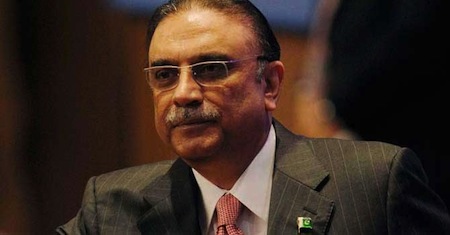
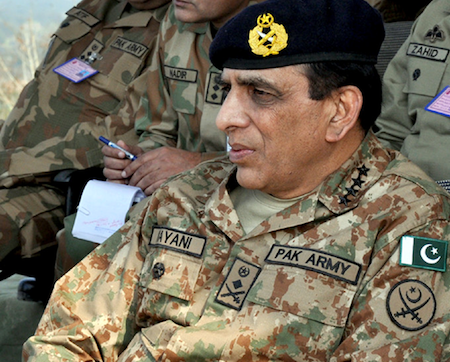
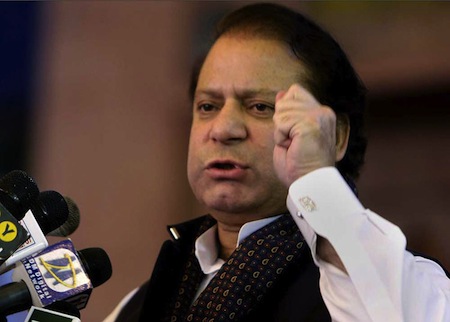
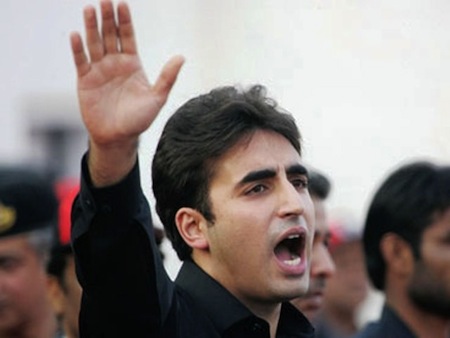
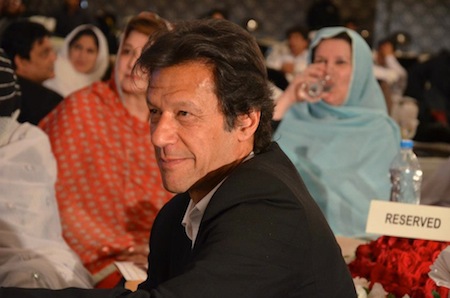
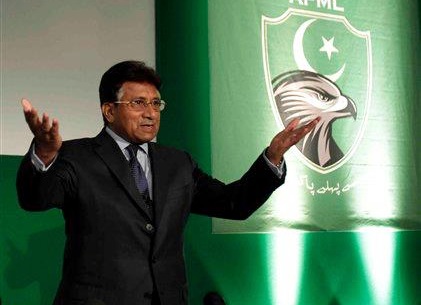
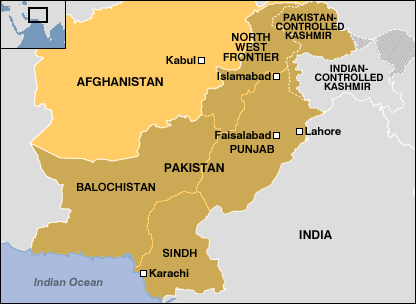
Thank you for just about any other fantastic post. Exactly where else could anyone get that kind of info in such an ideal approach of writing? I have a presentation subsequent week, and I am in the search for this kind of information.
I really like and appreciate your blog article. Want more.